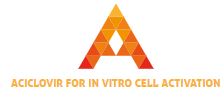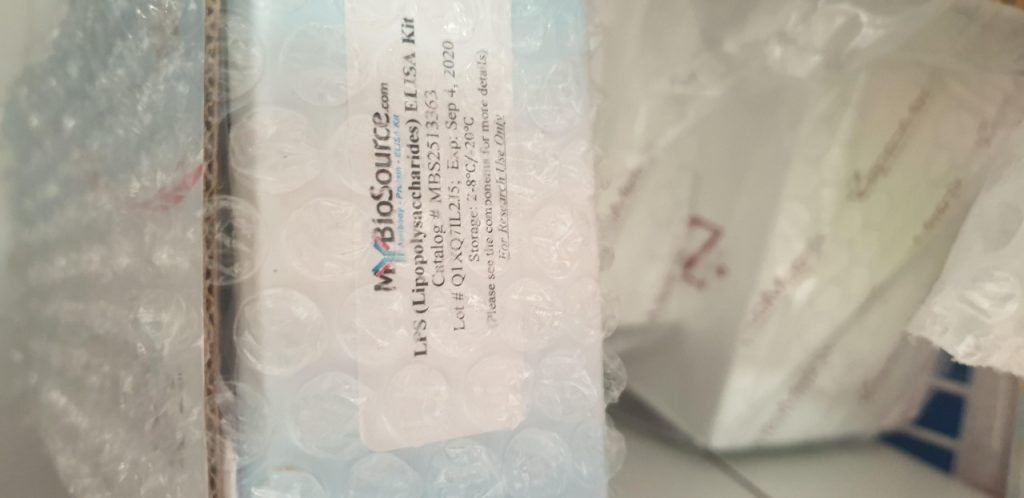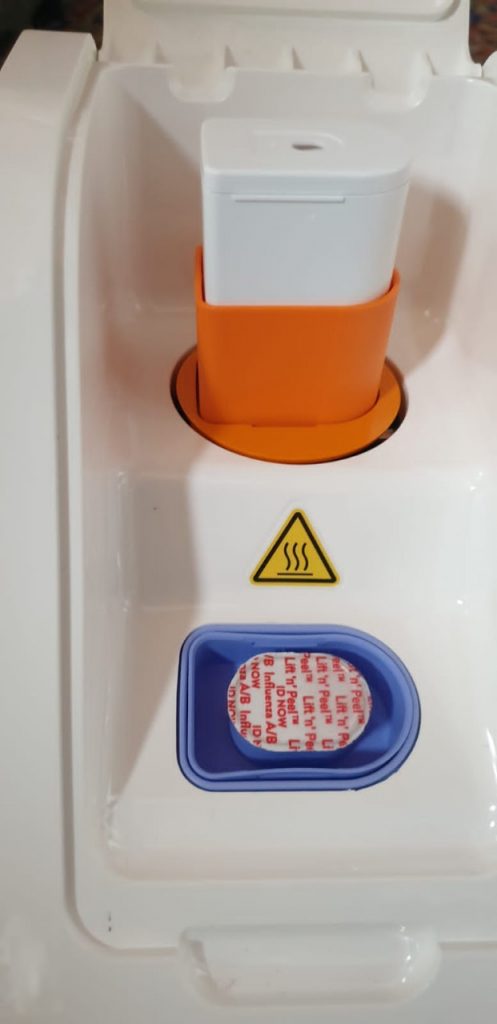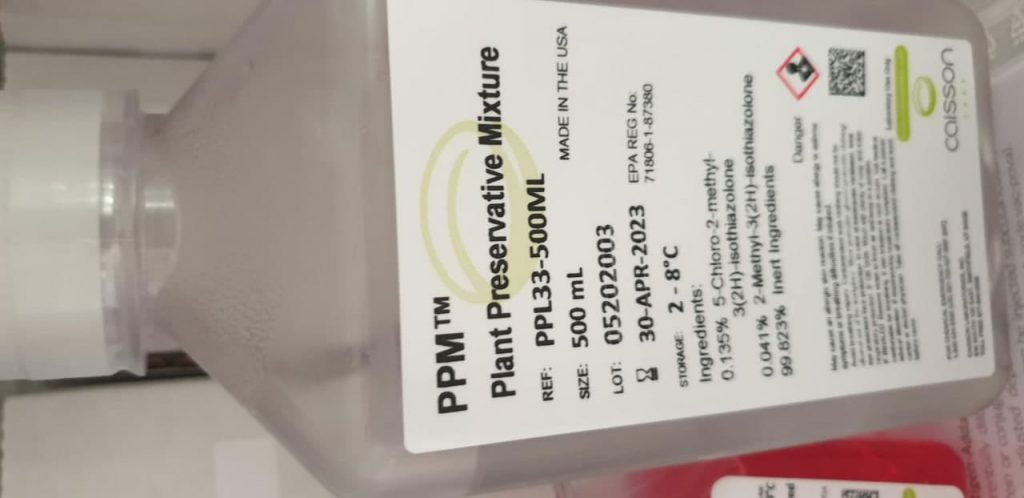Long filopodia and tunneling nanotubes define new phenotypes of breast cancer cells in 3D cultures
Most cancers cell invasion into the encircling extracellular matrix (ECM) takes place when cell-cell junctions are disrupted upon epithelial-to-mesenchymal transition (EMT). Each most cancers cell-stroma and cell-cell crosstalk are important to help the continual tumor invasion. Most cancers cells launch microvesicles and exosomes containing bioactive molecules and sign peptides, that are recruited by neighboring cells […]






